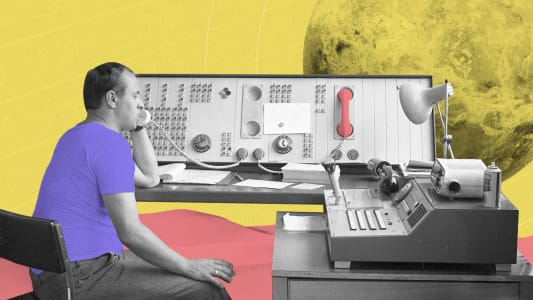Transparency at work - our best practices for remote working
At the beginning of 2020, global companies had to adapt their strategies to a new normal situation which included remote working for many of them. Whether you like it or not, that’s the pandemic reality we all need to face. Boldare has always valued transparency at work highly and considers it to be a key to success, while communicating with both clients and team members. Proper communication, thorough task prioritization, and planning is critical for efficiency in the home office. That’s why today I would like to present to you some of our best practices for working remotely.

Table of contents
How to communicate effectively with remote teams?
Although the ability to communicate effectively has been always invaluable in our work at Boldare, it has become even more relevant in the pandemic era. Now, when risks are significantly higher, clients need to feel that we are ready to assist them and resolve their doubts. In order to facilitate communication, we benefit from Slack - thanks to which clients can receive quick answers from various specialists, not only those they sent queries to.
Sensitive topics, addressed on dedicated private channels, are the only exception to this remote and open communication pattern.
We value transparency, that’s why our clients can access specific expertise or put a question to all of the team members, at every stage of the collaboration. We don’t discourage anyone from sending DMs and we don’t appoint project managers (nor any other managers or “gatekeepers”) which is an immense asset as clients can receive answers directly from persons responsible for given tasks, and those who have the greatest expertise in a particular topic.
Remote team meetings - how to make them work for the team?
Remote communication is also about our team meetings being open to all interested parties. As a company that is “fluent” in scrum, our development teams (but not only!) rely on scrum events like dailies, sprint retrospectives, reviews, etc. Thanks to this our clients have full visibility on the progress we make working on their amazing products. These meetings are designed to give all the necessary information, and our scrum masters are overseeing the quality and efficiency of the process
Besides this, our teams use so-called tactical meetings, part of our holacratic setup. They’re focused on the operational work of the team, and are focused on solving issues and taking care of potential pain points. Each team member can bring a “tension” to the table - a problem, question, challenge, etc. - and discuss it with other team members. It’s very helpful for solving issues and removing various obstacles.
During our meetings we use Google Meet and Zoom as our primary video-conference tools, they both offer similar quality and features. For team work during meetings we use various tools - our own Boldare Boards for brainstorming or team retrospectives, Mural to handle more complex meetings like workshops, and Zoom video calls for meetings that involve working in groups.
Processes and scrum for the win!
Proper organizational skills are crucial for effective remote working. While working at home has some advantages for some, for others it’s more challenging. Especially if you have small kids playing in the next room. That’s why it’s so important to prioritize and plan tasks together with the team.
As mentioned, we work in scrum, therefore, we focus on planned objectives in consecutive sprints, and daily meetings. Our specialists are familiar with the goals and tasks that should be done first to meet the requirements of the product they work on.
Long and short-term activities conducted by our team members can be monitored with tools like Jira, Asana or Slack. Thanks to this, both clients and our specialists can monitor and follow the progress of the work.
The power of transparency and visualization
Thanks to the fact that we sum up meetings with clients or stakeholders on Slack, every piece of information regarding a given team is available to its members. We try to keep a note of everything, to make sure everyone is on the same page. Also, we aim to create action points after each meeting, to make sure that we are moving things forward and solve problems not by talking, but by … actually solving them. Insane concept!
Additionally, company and team strategies, scrum artefacts such as backlogs, retrospectives, burndown charts, holacracy meeting reports, or simply meeting notes are always accessible to everyone in the organization, and involved clients.
Transparency at remote work - the key to successful communication
As I mentioned earlier, remote working has become our new normal and it’s going to stay with us for a while. Thus, it’s crucial to organize properly. Communication and transparency are the keys to success that make it easier to monitor ongoing processes. Hopefully, our practices will help make your remote working easier.
Share this article:










